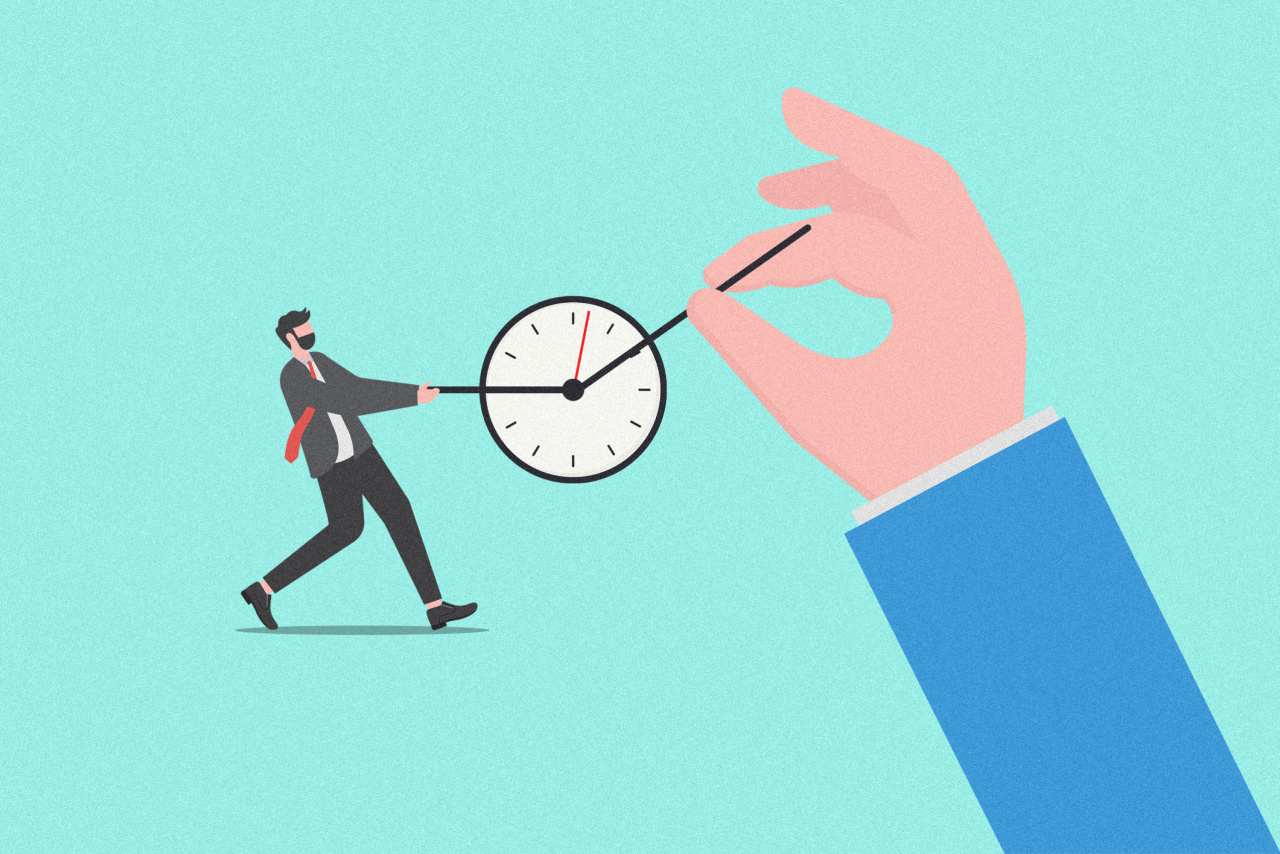Your Reward for Saving Time at Work With AI: More Work

The Double-Edged Sword of AI in the Workplace
Artificial intelligence has moved beyond the realm of imagination and into the daily grind. Its potential to enhance efficiency is undeniable, but a critical question remains: will workers truly benefit from the time they save, or will this newfound productivity simply lead to more work?
For many, AI is seen as a tool that can streamline tedious tasks, making it an ally rather than a threat. However, the reality is that unless these time savings translate into tangible benefits like extra downtime, the primary beneficiaries may be the companies themselves. They are leveraging AI to push employees to achieve more with fewer resources.
This dynamic is evident in companies like Amazon, where leadership has encouraged teams to "invent for our customers more quickly" using AI. The message is clear: working faster doesn’t mean clocking out earlier. Instead, it often means being expected to produce even more.
Workers Push Back Against the New Norm
Despite this pressure, workers aren't passively accepting the status quo. A recent survey by SAP revealed that nearly half of employees believe the time saved through AI should belong to them, not their employers. On average, workers using AI save about an hour per day. However, some are choosing to hide this time rather than risk being asked to do more.
This behavior has given rise to what some call “productivity theater”—activities like browsing Zillow while pretending to work. It’s a subtle form of resistance against the expectation that AI will only increase workload without offering any real rewards.
To prevent this from escalating into a workplace conflict, companies must address the growing sense of secrecy and resentment. According to Autumn Krauss, chief scientist at SAP, the key is to make employees feel that they are receiving something more valuable than just a heavier workload.
Some progressive companies are taking this approach. For example, firms in legal and professional services are allowing employees to use the time saved by AI for professional development instead of increasing billable hours. This strategy helps employees prepare for future promotions and raises, creating a win-win scenario.
Taking Control of Time
Not all companies or employees will adopt this approach. Some, like Jeff Mette, a managing director at a software consulting firm in Atlanta, are taking matters into their own hands. Mette uses multiple AI tools—Gemini for research, Perplexity for news summaries, and Claude to mimic his writing style—to save significant time on his tasks.
He estimates that what once took 60 hours of work can now be completed in 30. This efficiency has allowed him to start a side hustle, advising small businesses on go-to-market strategies. While he feels obligated to give his primary employer 40 hours a week, he believes it's reasonable to reclaim additional time for personal projects.
At his job, Mette now budgets an hour for coffee meetings that used to take 30 minutes. He finds that this slower pace fosters more creativity.
The Risk of Burnout
While transferring time saved to a second job or professional development is one way to manage AI’s impact, actually reducing work hours is another challenge. History suggests that new technologies often lead to increased workloads rather than reduced ones.
Cal Newport, author of “Slow Productivity,” argues that knowledge work tends to become faster-paced as technology evolves. He points to the introduction of PCs and email, which led to a surge in employee workloads.
This is partly because output is difficult to measure in many jobs, so companies often use time as a proxy. If AI continues to free up time, it could lead to more high-demand tasks, potentially causing burnout.
Juliet Schor, economist and sociologist, highlights the risks of overworking. Her book, “Four Days a Week,” explores companies experimenting with reduced schedules. She notes that employees in these setups often accomplish as much as before, if not more, with an extra day to recharge.
However, such models remain rare. For meaningful change to occur, workers may need to reach breaking points before companies reconsider their approach.
In the end, the true impact of AI on the workplace will depend on how companies choose to use this powerful tool—and whether they are willing to offer real benefits to the people who power their success.
Post a Comment for "Your Reward for Saving Time at Work With AI: More Work"
Post a Comment